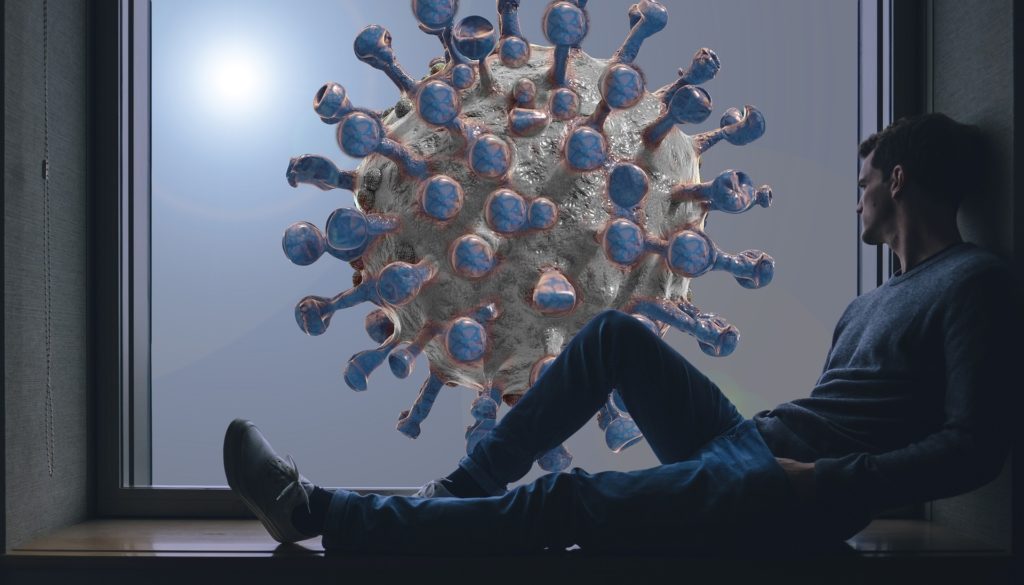
The World’s most significant recent public health crisis is the COVID-19 pandemic. The pandemic resulted in an estimated 90 million COVID-19 cases, and more than a million COVID deaths in the US. New highly transmissible coronavirus variants continue to emerge, with Omicron subvariants BA.5 and BA.4 being the dominant strains. These strains can evade older home tests and prior immunization, luckily causing mostly mild disease with few hospitalizations in vaccinated and boosted healthy individuals.
Unfortunately, about 10% of women and men, will suffer non-infectious “Long-COVID”, an unwanted aftermath of their COVID-19 infection. Long-COVID refers to more than two hundred different signs and symptoms, and fifty associated conditions. Some Long-COVID symptoms are the direct effects of the virus, while others seem unrelated with no apparent causal link. Long-Covid is a severe enough public health problem that The Federal Government recently established a Long-COVID office within the Department of Health and Human Services (HHS) to tackle the crisis.
The five most common symptoms of Long-COVID in order of prevalence are: 1) anosmia (loss of the ability to smell), 2) hair loss, 3) sneezing, 4) ejaculation difficulty (men), and 5) reduced libido (men and women). Two different sexual problems…that really got my attention.
As I thought about this further, it seemed to make sense, until it didn’t. At first, I thought: no one who is really fatigued or chronically ill (two known symptoms of Long COVID) would likely be interested in sex, so loss of sexual desire seemed consistent. But new-onset difficulty with ejaculation (orgasm) seemed weird. Clearly, ejaculatory disfunction is well known in men, but recent onset as one of the most common symptoms of long-COVID, well that screamed vascular AND neurologic dysfunction from this viral disease. Having just published a paper suggesting that the same dysfunctions in men also affect women, and in both men and women, these disorders are a harbinger of underlying cardiovascular disease, you can understand my concerns.
So, if you or a woman you know, is suffering from a sexual dysfunction (lost desire, poor lubrication, sexual pain, weak or absent orgasm, etc.), whether related to Long-COVID or not, we are here to help. Call for an in person or virtual appointment today: 202-293-1000
Subramanian, A., Nirantharakumar, K., Hughes, S. et al. Symptoms and risk factors for long COVID in non-hospitalized adults. Nat Med (2022).
Levine RL. Addressing the Long-term Effects of COVID-19. JAMA. Published online August 03, 2022. doi:10.1001/jama.2022.14089
August 5, 2022. Coronavirus Roundup: HHS is Establishing a New Office Focused on Long COVID
Cipriani S, Simon JA. Sexual Dysfunction as a Harbinger of Cardiovascular Disease in Postmenopausal Women: How Far Are We? J Sex Med. 2022 Jul 19:S1743-6095(22)01489-8. doi: 10.1016/j.jsxm.2022.06.007. Epub ahead of print. PMID: 35869024.
